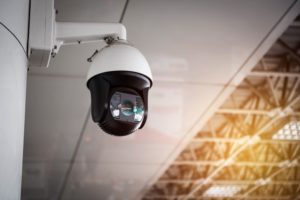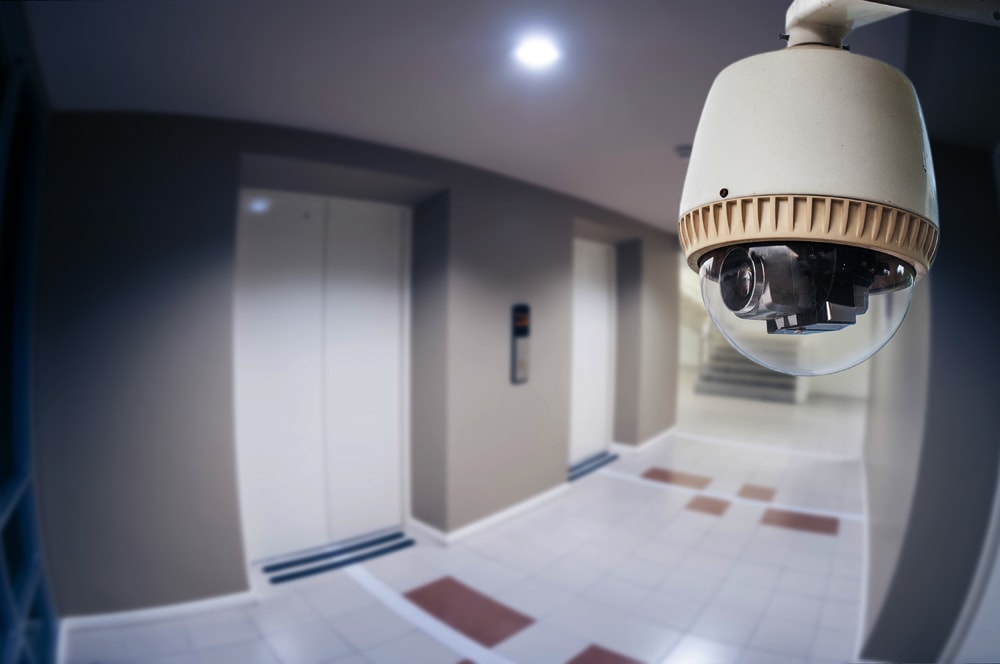CCTV cameras come in many different shapes, sizes, and focal lengths, with wide-angle lenses being one of the most popular. These types of CCTV security cameras offer a wider field of view than a standard camera, thus allowing you to monitor expansive areas like parking lots, properties, grocery aisles, and more. While such cameras work perfectly for certain video surveillance applications, they can also be a double-edged sword. Understanding the pros and cons of a wide-angle CCTV camera is crucial to ensure you’re getting the right security camera for your needs. Here’s what to like and what not to like about wide-angle CCTV cameras.

Advantages of wide-angle CCTV cameras
- Provides an excellent field of view
Wide-angle lenses provide excellent situational awareness, allowing operators to keep an eye on unfolding events much easier than say, jumping between 4 narrow angles of view all at once. If you want to capture as many details as possible, then a wide-angle CCTV camera is the one for you. Many businesses utilise these types of cameras in areas where there’s plenty of foot to monitor customer activity more easily.
Capturing the surrounding scenes are important as oftentimes these details are left out when using a CCTV camera with a narrower field of view. This gives greater context to a particular crime or situation and will help the local authorities significantly when reviewing the footage.
- Fast remote autofocus
A noteworthy advantage of wide-angle lenses is that these devices have very short throws, thus resulting in faster remote autofocus. This is especially true when talking about wide-angle PTZ cameras (pan-tilt-zoom) and remote autofocus cameras that come with wider motorised zooms. The wider the wide end and the wider the long end, the faster the focus will be. This is a determining factor that could prove useful in applications where fixed cameras are used to track events in real-time. Some longer lenses allow for remote re-commissioning of focal length but were too slow to change it, thus eliminating the benefit of fast autofocus in live monitoring applications.
Disadvantages of wide-angle CCTV cameras
- Prone to distortion
Wide-angle lenses are susceptible to different types of distortions like chromatic aberrations, excessive barrel distortion, corner softness, and vignetting. This can affect the picture quality and the footage of the camera itself. If you want to able to identify intruders while using a wide-angle CCTV camera, then you need the lens to very, very close to the subject. Given that a wide-angle lens does not focus on a subject as close as a narrow-angle lens, we recommend opting for the latter if you plan on monitoring hallways, office rooms, and in other areas where you need greater focus.
For example, a 130-degree angle of view might be wonderfully wide and include huge amounts of detail, but if a large part of that detail includes walls of adjacent buildings and foliage, then it’s much better to opt for a narrower field of view with a higher pixel count to focus more on your intended subject.
- Perspective distortion
Something else operators need to know when using a wide-angle CCTV camera is perspective distortion. When things in a wide, deep scene are in focus, it can sometimes be difficult to determine scene context. This means judging the depth of field between two objects can be much harder when reviewing the footage. When using cameras with wide-angle views, make sure to include a fixed foreground element within the first 5 metres as a depth of field reference – for instance, a kiosk in a shopping mall.
Choosing the right wide-angle lens
When it comes to using wide-angle lenses, lens choice needs to be given serious consideration. Different viewing angles should complement each other well to provide the best operational outcomes as possible. For example, a high-resolution camera (4K/5MP) will offer excellent performance with a lens that has a 100-degree field of view (assuming there’s sufficient lighting) while lower resolution sensors will perform better with narrower fields of view (10-15mm focal lengths with a 1080p 1/3-inch sensor). The latter will provide greater results with details such as plate numbers and faces with a depth of field of around 20 metres. Objective testing is the best way to determine which lenses and focal lengths suit your specific applications.
So, where do wide-angle CCTV cameras leave us in terms of proper usage? In our opinion, wide-angle lenses are best for monitoring an area with a good sense of depth of field. However, unless you’re using a higher resolution camera, the footage will appear soft on the monitor and even more so when using digital zoom. There will also be distortions outside the centre, but at the end of the day, it’s a balancing act. People often think that you can ignore the edges if the centre is sharp and in focus, but we would generally recommend that you do not go wider than you must in a video surveillance application to provide better context.

